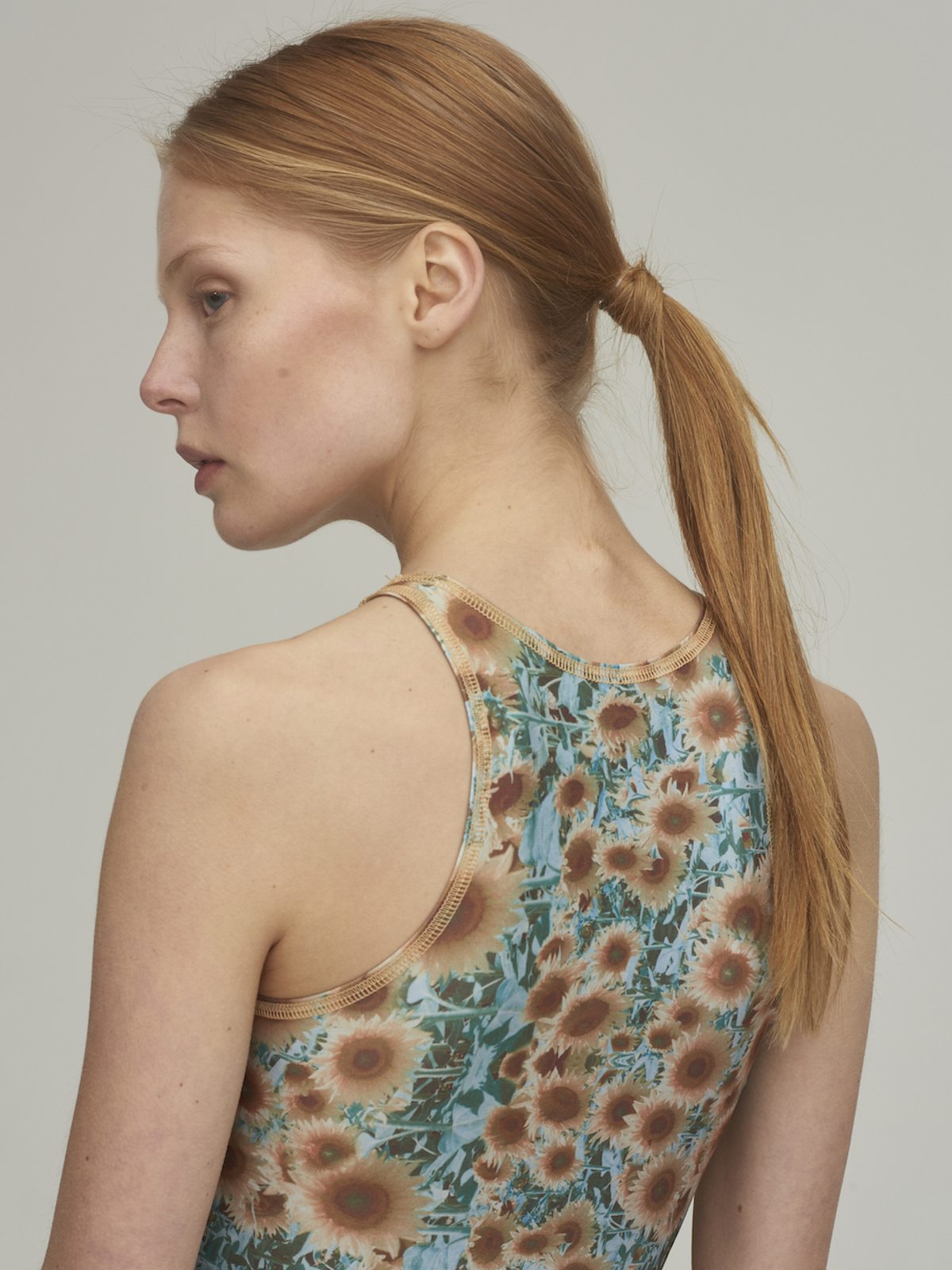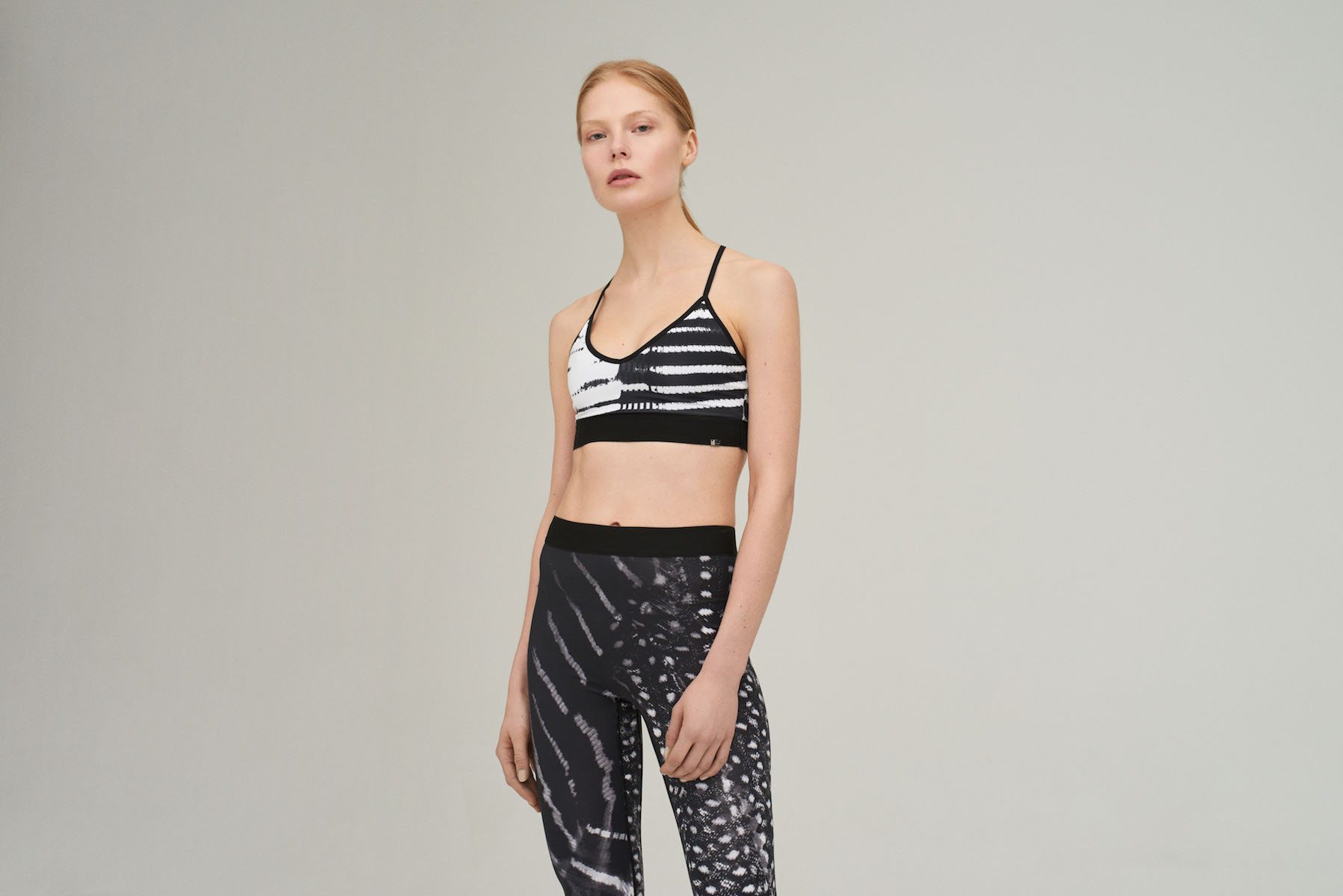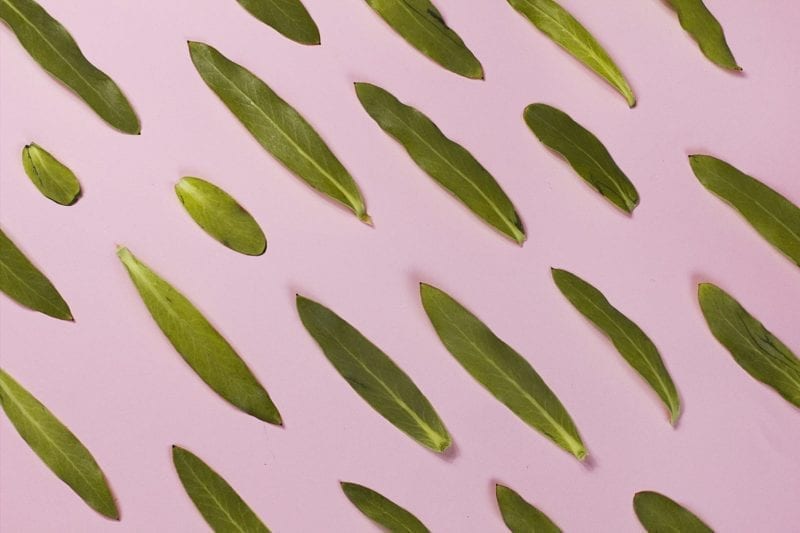There is no doubt that the wellness industry has taken the world by storm. From the yoga gurus on Instagram to the abundance of new activewear lines, wellness is in vogue. The new year predictions for the wellness scene include skipping alcohol, investing in organic makeup and sipping “super health tonics” all in a bid to cleanse our bodies inside and out.
So, it seems a little ironic that the very clothes we wear to sweat away bad toxins could actually be doing more harm than good.

First, the bad news.
It turns out that activewear is one of our closet’s biggest sources of harsh toxins and chemicals. Public health advocates, including Greenpeace and European regulatory bodies that oversee chemical safety, are becoming increasingly concerned by evidence that shows a possible link between sportswear and health issues such as cancer, obesity and developmental disabilities.
While toxic chemicals are a longstanding issue in various types of apparel, sportswear presents a particular problem because sweat and friction can prompt more rapid absorption of toxins into the body (not to mention what goes into a product to make it sweat or stain-resistant to begin with). The list of nasties hiding in our favorite workout gear is mind-boggling: phthalates, PFCs, nanoparticle silver, and dimethylformamide, to name just a few. The high chemical concentration paired with the conditions in which they come into contact with our skin presents unknown consequences for our health.
Despite such chemicals being linked to these diseases and health issues, brands are hastily reassuring us that their products carry no real risk. But can they be so certain when “athleisure” wear has become an acceptable everyday uniform?
Deciding to pull on those lush yoga leggings, for example, rather than a pair of stiff jeans is becoming the norm. This super-comfortable trend undoubtedly has it perks, but with increasing our daily exposure to activewear, perhaps it is time to start considering what the long-term effects could really be. Not just for us, but also for the planet. Both the production and end-of-life processes for activewear are harsh on the environment; commonly used materials such as polyester, rayon and nylon can take decades to break down. As they do, the chemicals they’re made from make their way into the land. The fundamental impact on eco-systems remains unknown.

Now, some good news.
Information overload, I know. But no need to panic. The good news is that there is a host of brilliant brands that have made it their mission to make activewear without toxins. From Teeki’s playful leggings crafted from recycled water bottles, to elegant graphics printed with non-toxic dyes from yoga brand Vyayama, there are pieces to suit every personality and budget.
Rêve En Vert (REV) is an online retailer that sells sustainable style pieces and addresses the discrepancies between fashion and ethics. As a co-founder, I’ve learned an incredible amount about the issues behind the fashion industry in just the past three years. REV wants to share these stories with you so consumers can start the subtle change in becoming more conscious shoppers.
Activewear, in particular, is something I feel strongly about as a devoted yogi. It just didn’t made sense to be doing something I thought of as connecting me to people and the planet while wearing clothing so at odds with both of those things. At REV, we’ve curated an eco-activewear section that addresses this problem specifically. It’s full of lovely, high-performing and ethical pieces. I hope you find the switch as easy to make as I have!
What determines your choices when it comes to workout gear?
Feature Image via Chloe Rey











4 comments
After doing further research on the topic, I wonder if there are even better alternatives for these types of fibers. Even using recyclable fibers, like the majority of these companies do, eventually, those fibers still cannot break down sustainably. The only sustainable way to change activewear is to actually use natural organic fibers, are there companies that only use these instead of supplementing them with recycled fibers?
Ethical workout gear never crossed my mind before! What a great idea! As your article mentions about 2017 expected health trends- I started transitioning to organic makeup and healthy tonics back in 2015 when I had a surgery to remove cancer, and forewent radiation treatment. There are so manny links between cancer and foods as well as chemicals in beauty products, it never occurred too me that workout clothing or athletic wear could carry cancer causing chemicals as well. I don’t wear yoga wear everyday, but I have taken up yoga this year and do so a couple times a week, so I am happy to learn of healthy alternatives! I sometimes feel like people mention cancer as a risk as a sales gimmick to scare people into buying things ( there’s nearly a cancer causing chemical in almost everything) but i appreciate that you mention these items are also eco-friendly and some are ethical as well. Great Article!
http://www.recovering-hope.blogspot.com
Hannah// IG @theblessedlittlelife
Wow, I totally did not know the difference. I’ve always tried to save money in terms of workout gear but this post has really got me thinking about my choices again.
Charmaine Ng | Architecture & Lifestyle Blog
http://charmainenyw.com
I’m so glad this left a positive impact on you Charmaine! x